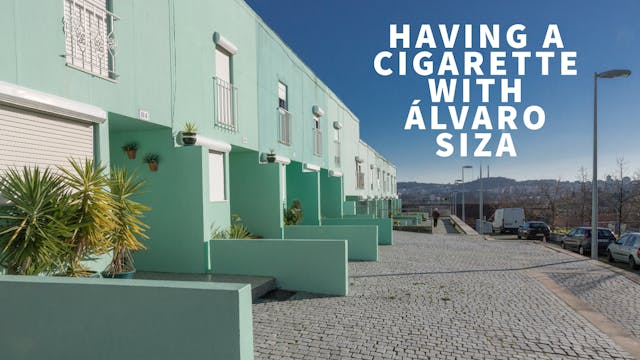James Stirling takes us from Germany, to London, to Boston, guiding us through three of his widely famed museums. Though the buildings designed and created by the established architect contain some of the world’s most notable works of art, Stirling reminds us that architecture serves as its very own long standing piece. Influenced greatly by both the European avant-garde and classic Victorian structures, Stirling is bold and daring in his designs. Both his colleagues and critics reject the classification of Stirling as a Postmodernist, believing the term “rogue architect” to fit him better. In reference to his design process Stirling states, “I do not believe that no matter how complex a building is, it should be consistent in its expression, consistent in its scale, consistent in its materials. I think the building can be inconsistent in its materials, varied in its scale, and different in its expression.” (James Stirling) With no desire to abide by the rules of a specific and timely movement, Stirling creates with a free and explorative hand.
Up Next in Pritzker Architecture Prize Winners
-
Having a Cigarette with Alvaro Siza
Talking about architecture with Álvaro Siza Vieira, recipient of the Prizker Prize and one of this century’s finest architects, as well as socialist and passionate smoker. The film spotlights his early work and allows the viewer to gain insight into Siza's way of working and thinking.
“Architect...

